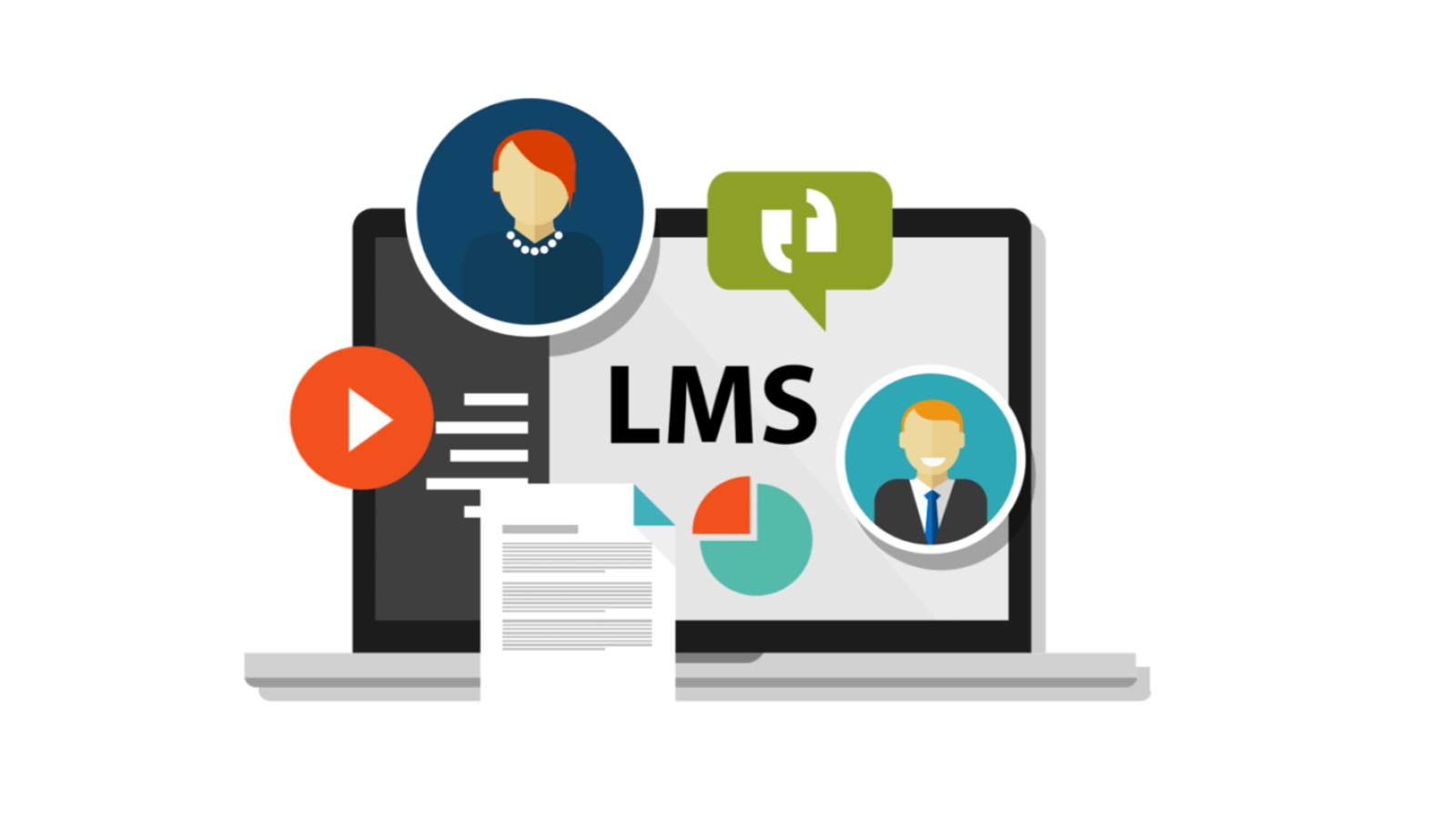Communication is the backbone of any successful team, and it's important to establish trust and transparency in communication with others.
When team members are open and honest with one another, it creates an environment where everyone feels comfortable sharing their thoughts and opinions, leading to increased productivity and better overall outcomes.
In this article, we'll discuss the importance of transparency in communication and explore some strategies for building trust within your team.
What Is Transparent Communication?

Transparent communication is a practice of being honest, open, and clear in your communication with others.
It involves sharing information freely, providing context, and being accountable for your actions and decisions.
Transparent communication builds trust, fosters collaboration, and improves productivity, as everyone involved has a better understanding of what is happening and can work together towards common goals.
It is especially important in today's fast-paced and ever-changing work environment, where transparency can help reduce misunderstandings and promote a more positive workplace culture.
Benefits Of Transparency In The Workplace

Transparency in the workplace can have numerous benefits for both employees and the organization as a whole.
1. Builds Trust
One of the primary benefits of transparency is that it helps to build trust.
When employees feel that they are kept in the loop and are aware of what's happening in the company, they are more likely to feel valued and respected.
This can lead to increased loyalty, motivation, and job satisfaction.
2. Improves Communication
Clear communication can also lead to improved communication.
When employees feel comfortable sharing their thoughts and ideas, it can lead to better collaboration, problem-solving, and decision-making.
This can ultimately result in more effective teamwork and increased productivity.
3. Increases Accountability
When everyone in the workplace is aware of the organization's goals, values, and processes, it can lead to increased accountability.
Employees are more likely to take ownership of their work and feel responsible for the success of the organization.
This can result in higher quality work and improved performance.
4. Enhances Innovation
Clear communication can also enhance innovation.
When employees are encouraged to share their ideas and are given the freedom to experiment, it can lead to new and creative solutions.
This can ultimately result in improved products or services and increased competitiveness.
5. Reduces Conflict
It can also help to reduce conflict in the workplace.
When employees feel that they are being treated fairly and equitably, they are less likely to experience resentment or frustration.
This can lead to a more positive work environment and reduced employee turnover.
Overall, transparency in the workplace can have numerous benefits for both employees and the organization as a whole.
By fostering an environment of openness and honesty, organizations can build trust, improve communication, increase accountability, enhance innovation, and reduce conflict.
Strategies For Building Transparency In Communication At The Workplace

Effective communication is essential for building trust and transparency in the workplace.
A transparent workplace culture promotes honesty, openness, and trust among employees, leading to higher levels of productivity and job satisfaction.
Here are some strategies that companies can use to promote transparency in communication:
1. Encourage Open Dialogue
One of the most effective ways to promote transparency in communication is to encourage open dialogue between employees and management.
Employers should make it easy for employees to communicate their concerns, ideas, and feedback without fear of retribution.
This can be done by creating an open-door policy, holding regular meetings, and soliciting employee feedback through surveys.
2. Be Honest And Direct
Honesty is the cornerstone of transparency. Employers should be honest and direct when communicating with their employees.
This means being upfront about company goals, expectations, and challenges.
Employers should also be honest about their own mistakes and failures.
This can help create an environment of trust and accountability.
3. Provide Clear Communication
Communication should be clear, concise, and easy to understand.
Employers should avoid using jargon, technical terms, or ambiguous language.
This can help prevent misunderstandings and ensure that everyone is on the same page.
4. Use Technology To Promote Transparency
Technology can be an effective tool for promoting transparency in communication.
Employers can use tools such as internal chat apps, project management software, and video conferencing to improve communication and collaboration.
These tools can help facilitate open dialogue, provide real-time feedback, and increase transparency.
5. Lead By Example
Finally, employers should lead by example when it comes to transparency.
Employers should be open and honest with their employees, communicate clearly and regularly, and encourage feedback and dialogue.
By modeling transparency in communication, employers can create a culture of trust and openness that can benefit everyone in the workplace.
Building transparency is essential for creating a positive workplace culture.
Employers should encourage open dialogue, be honest and direct, provide clear communication, use technology, and lead by example to promote open communication.
By doing so, they can create a culture of trust, accountability, and productivity that benefits everyone.
Revolutionize Your Employee Training Program With Oreed
Looking for a powerful solution to take your employee training to new heights?
Meet Oreed - the ultimate platform to manage, plan, and execute your training program with ease.
1. Unlock Enhanced Employee Awareness
With Oreed, you can elevate your employee awareness game to a whole new level.
The platform offers a complete 360-degree view of your workforce, empowering you with data-driven insights to make informed decisions.
2. Tailored Courses And Future Training
Not only that, but Oreed also helps you identify your team's unique training needs and develop customized courses that cater to their requirements.
So, you can plan and execute future training initiatives with greater effectiveness and impact.
3. Measure And Improve Training Impact
What sets Oreed apart is its robust measurement and evaluation tools.
The platform helps you measure the success and impact of your training programs, enabling you to make data-driven decisions for future initiatives and continually improve your team's skills and knowledge.
4. Take Your Learning To The Next Level
Are you tired of dull and unengaging learning experiences? Then it's time to switch to Oreed's value-added platform.
Our mission is to transform the way you learn by providing an exciting and interactive learning environment.
Our platform is packed with powerful analytics and insights that uncover new opportunities you never knew existed.
With Oreed, you can easily manage all your learners in one place and communicate with them through various channels. No more struggling with multiple tools – Oreed has got you covered.
Upgrade your learning game with Oreed today!
Say goodbye to lackluster training programs and embrace Oreed for unparalleled employee training success!
So what are you waiting for? Book a demo with Oreed today and find out more about our features.
Promote lifelong learning through Oreed by experiencing the most powerful all-in-one training and development intelligent platform that streamlines all your organization's learning, training, and development activities in one place.
Final Thoughts
In today's fast-paced and ever-changing business world, building trust and transparency in communication is critical for driving productivity and success.
By implementing the strategies and benefits of transparency discussed above, companies can create a culture of open communication, foster employee engagement and loyalty, and ultimately boost their bottom line.
Embracing transparency is not just a nice-to-have, it's a must-have for any organization looking to thrive in the years to come.
FAQs
1. Why is transparency important in building trust?
Transparency is vital in building trust because it demonstrates honesty and openness.
When individuals or organizations are transparent, they provide information that others can use to make informed decisions.
This level of openness fosters trust, as it allows others to understand motives, actions, and intentions.
Without transparency, trust cannot exist, and individuals or organizations may be viewed with suspicion or mistrust.
Building communication transparency is essential for cultivating a culture of trust, and ultimately, for achieving long-term success.
2. What is a good example of transparency?
Transparency is the practice of being open, honest, and accountable in business and organizational communication.
A good example of transparency is when companies publicly disclose their financial statements, including their revenues, profits, and expenses.
By making this information available to the public, businesses build trust with their customers, investors, and other stakeholders.
Another example of transparency is providing employees with clear and detailed information about company policies, procedures, and performance metrics.
This helps build trust and encourages open communication within the organization.
In essence, transparency is a key element in creating a positive culture that values accountability, honesty, and trustworthiness.
It can help organizations build better relationships with customers, employees, and other stakeholders, leading to improved productivity and performance.
3. How does a lack of trust and transparency affect communication?
The lack of trust and transparency can have a significant negative impact on communication.
When people do not trust each other or believe that information is being withheld, they may become hesitant to share their thoughts and feelings openly.
This can lead to misunderstandings and miscommunications, as well as increased conflict and tension in relationships.
In contrast, a culture of trust and transparency can foster open and honest communication, which can improve relationships and lead to more effective problem-solving and decision-making.





